Introduction
In today’s fast-paced digital landscape, organizations generate unprecedented data from diverse sources such as customer interactions, sensors, social media, and more. This vast and complex data landscape poses challenges for traditional data architectures, which often struggle to scale, adapt, and deliver value effectively. However, a new paradigm called Data Mesh is gaining momentum as a transformative approach to data architecture. This article will explore data mesh in-depth, uncovering its principles, benefits, and implementation strategies.
- Understanding Data Mesh
- Benefits of Data Mesh
- Implementing Data Mesh
- Conclusion
- FAQs (Frequently Asked Questions)
Understanding Data Mesh
What is Data Mesh?
Data Mesh represents a departure from the traditional centralized data architecture. It is a decentralized approach that treats data as a product and emphasizes domain-oriented decentralized governance. In a data mesh, data ownership and responsibility are distributed across cross-functional teams, with each team having autonomy and accountability over the data within their domain.
The Four Core Principles
Data Mesh is built on four core principles that underpin its unique approach:
- Domain-oriented decentralized architecture: Data is no longer managed solely by central data teams. Instead, it is owned and managed by domain-oriented teams with deep contextual knowledge about the data. This decentralization enables teams to make autonomous decisions and fosters a sense of ownership and responsibility.
- Product thinking: Data is treated as a product, with clear ownership, well-defined boundaries, and a focus on delivering value to data consumers. This product mindset encourages teams to think about the data they manage in terms of its purpose, quality, and impact on the organization.
- Self-serve data infrastructure as a platform: To enable domain-oriented teams to manage their data effectively, a self-serve data infrastructure platform is provided. This platform offers standardized tools, services, and frameworks that empower teams to operate independently and efficiently, reducing dependencies on centralized data teams.
- Federated computational governance: Governance of data is distributed across teams, leveraging the collective intelligence of domain experts. Decision-making authority is moved closer to the individuals who possess the most domain knowledge, reducing bottlenecks and enabling faster, more informed decision-making.
Benefits of Data Mesh
Implementing a data mesh approach brings numerous benefits to organizations:
1. Scalability and Agility
Data mesh provides scalability and agility by distributing data ownership and governance. With domain-oriented teams taking responsibility for their data, organizations can scale more effectively and adapt quickly to changing business needs. Decentralization reduces the reliance on centralized data teams, empowering teams to make autonomous decisions and reducing bottlenecks.
2. Data Democratization
Data mesh promotes data democratization by empowering cross-functional teams. Each team has direct access to the data within their domain, enabling them to explore, analyze, and derive insights independently. This democratization of data access fosters a data-driven culture across the organization, empowering employees to make informed decisions based on data.
3. Improved Data Quality and Trust
In a data mesh, domain-oriented teams are incentivized to ensure the quality, accuracy, and reliability of their data. With clear ownership and accountability, teams take responsibility for maintaining high data quality standards. This leads to improved data trust, reducing the risk of relying on inaccurate or incomplete data.
4. Enhanced Collaboration and Communication
Data mesh breaks down traditional data silos and fosters collaboration and communication across teams. By distributing data ownership, teams are encouraged to collaborate, share knowledge, and learn from each other’s expertise. This collaborative environment promotes a culture of continuous learning and improvement, driving innovation and problem-solving.
5. Empowered Domain Experts
Domain-oriented teams in a data mesh are composed of domain experts who possess deep contextual knowledge about the data they manage. By giving them ownership and control over their data, organizations empower these domain experts to leverage their expertise fully. This leads to more effective decision-making, better insights, and improved alignment with business goals.
Implementing Data Mesh
Implementing data mesh requires careful planning and consideration. Here are the key steps to get started:
1. Identify Data Domains
Begin by identifying the different data domains within your organization. Data domains could be based on business functions, products, customer segments, or any other logical grouping of data. Understanding these domains is crucial for effective data governance and ownership.
2. Form Domain-oriented Teams
For each data domain, form domain-oriented teams consisting of individuals who possess the necessary expertise and contextual knowledge of the data. These teams should have a diverse set of skills, including data engineering, data science, domain knowledge, and data analytics. This composition ensures holistic data management within each domain.
3. Define Data Products
Within each domain, define clear data products. A data product represents a well-defined piece of data that delivers value to specific data consumers. It should have a clear purpose, scope, and well-defined metrics to measure its success. By thinking in terms of data products, teams can align their efforts with business objectives and deliver tangible value to stakeholders.
4. Establish Self-serve Data Infrastructure
Enable domain-oriented teams with a self-serve data infrastructure platform that provides standardized tools, services, and frameworks. This infrastructure empowers teams to manage, process, analyze, and consume data effectively within their domains. The platform should be designed to cater to diverse data needs, ensuring teams have the necessary resources to carry out their data-related tasks autonomously.
5. Foster a Data Mesh Culture
Creating a data mesh culture is essential for successful implementation. Foster a culture of collaboration, knowledge sharing, and continuous learning. Encourage cross-domain interactions, organize regular forums for sharing best practices, and provide training and resources to help teams adopt data mesh principles effectively. The cultural shift is critical for embracing decentralized decision-making and empowering teams.
{finish}
Conclusion
Data mesh is a revolutionary approach to data architecture that addresses the challenges posed by the ever-increasing volume and complexity of data. By decentralizing data ownership and governance, organizations can harness the full potential of their data assets. The core principles of domain-oriented decentralized architecture, product thinking, self-serve data infrastructure, and federated computational governance form the foundation of data mesh. Implementing data mesh offers benefits such as scalability, agility, data democratization, improved data quality, and enhanced collaboration. By following the key steps outlined, organizations can embark on a transformative journey towards a more effective and efficient data-driven future.
FAQs (Frequently Asked Questions)
Q1: How does data mesh differ from traditional data architectures? Data mesh differs from traditional data architectures by emphasizing decentralized data ownership, treating data as a product, providing self-serve infrastructure, and distributing governance to domain-oriented teams.
Q2: What are the challenges of implementing a data mesh? Implementing a data mesh can present challenges such as cultural change, establishing clear ownership and accountability, providing suitable self-serve infrastructure, and ensuring effective cross-domain collaboration.
Q3: Can any organization implement a data mesh? While data mesh can benefit many organizations, successful implementation requires careful planning, organizational buy-in, and a willingness to embrace decentralized decision-making. Smaller organizations with limited data may find other architectures more suitable.
Q4: Does data mesh require specific technology or tools? Data mesh does not rely on specific technology or tools. However, organizations need to provide a self-serve data infrastructure platform that caters to the diverse needs of domain-oriented teams.
Q5: Are there any successful real-world examples of organizations implementing data mesh? Yes, several organizations, including large tech companies, have successfully implemented data mesh principles. Their experiences and case studies serve as valuable references for organizations considering a data mesh approach.







Leave a Reply